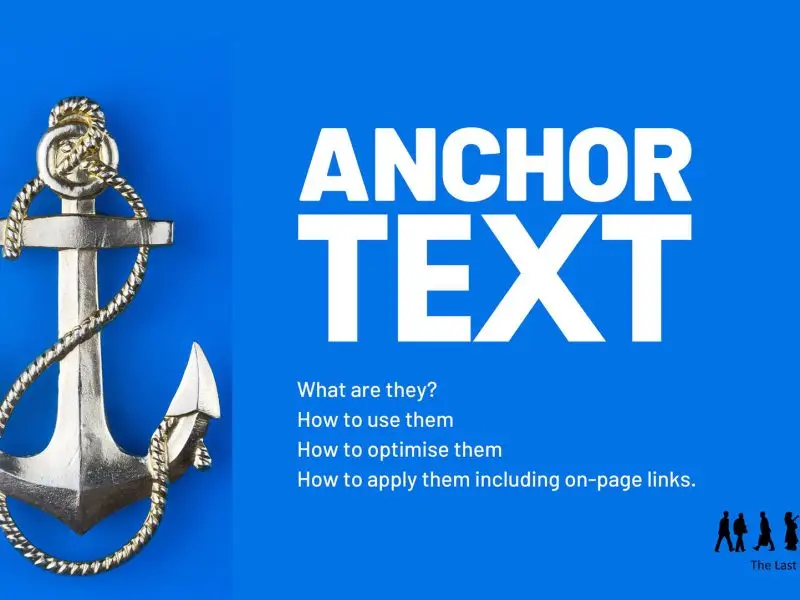Video Marketing for Small Businesses
Video marketing is rapidly becoming one of the most effective ways to promote your brand. Whether you hire a videographer or shoot your own content, incorporating video into your marketing mix can significantly boost visitor engagement and improve your site’s Google ranking. People love to click on videos and when the content is informative, engaging or simply entertaining, they are more likely to share it with their networks, increasing your reach.
In the past, businesses had to hire expensive camera crews to produce polished video content. However, with the rise of smartphones equipped with high-quality cameras, it’s now easier than ever to create and share videos—whether they’re customer testimonials, live events or ‘behind the scenes’ snapshots—quickly and easily via social media or your website.
YouTube and Facebook
YouTube, now owned by Google, is one of the largest search engines in the world. When people need to learn how to do something, YouTube is often their first port of call. From makeup tutorials and product reviews to life hacks and software guides, YouTube is filled with content that attracts millions of users daily. Uploading videos to your own YouTube channel is a must for visibility and SEO.
Facebook has also embraced video content, allowing videos to auto-play in users’ timelines. You can upload videos to your business page or personal status update, where the auto-play feature helps grab attention without users needing to press play. It’s a great way to create dynamic marketing collateral.
Video Marketing for Small Businesses
With more businesses recognising the value of video marketing, here are some quick tips to get the best out of your efforts:
- Decide on production quality: If you’re filming something like a 3-hour training session or corporate video brochure, it’s best to hire a professional team. However, if you’re capturing a quick demo at an exhibition, your smartphone or a friend with one will suffice. Different scenarios require different approaches.
- Research and learn: Look at videos from other companies to see what you like and dislike. There are plenty of free online resources that can teach you basic skills, helping you achieve a more professional look while managing costs.
- Keep it short and engaging: You have around 10 seconds to grab your audience’s attention. If your video is too long, expect viewers to click away after the two-minute mark. Keep content concise and to the point.
- Provide value: Your video shouldn’t just say “buy me, buy me!”—it should offer something of value to your audience. Consider their needs and interests and draft a script before you start filming. Practice it to make sure your message is clear.
- Make it easy to share: As with any content, shareability is crucial. Ensure it’s easy for viewers to share your video with friends, family and colleagues.
- Use in-video links: You can now include clickable links in your video content, allowing viewers to navigate directly to your website or landing pages.
- Include a transcription: A video’s content isn’t always accessible to everyone, so include a written transcript for those who are unable to watch or listen. Transcriptions also help boost your SEO. Just be sure to read through it—what sounds good in a video doesn’t always read well!
- Allow embedding: If you’re using YouTube, make sure your content can be easily embedded by others. If you’re hosting the video on your own site, ensure you provide similar embedding options to encourage wider sharing.
- Optimise for SEO: Treat your video like any other piece of content. Ensure you have the right keywords, tags and an optimised description to improve your search rankings.
Video Marketing for Small Businesses
Video marketing is a fun and highly effective way to get your brand message across. Creating engaging video content not only humanises your business but also helps you connect with your audience on a personal level. Remember, people buy from people—so make your videos personal, relevant and, above all, engaging!





